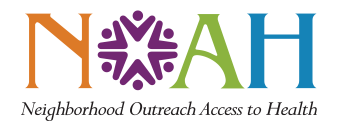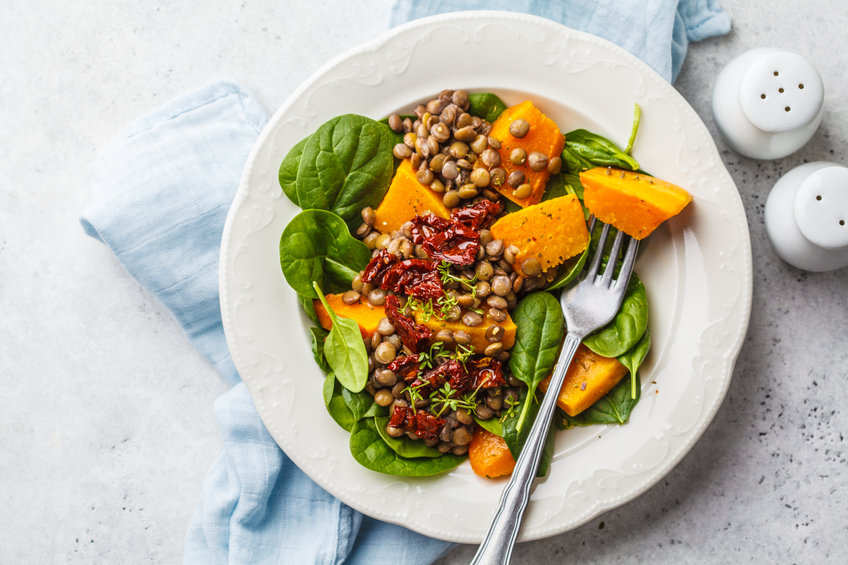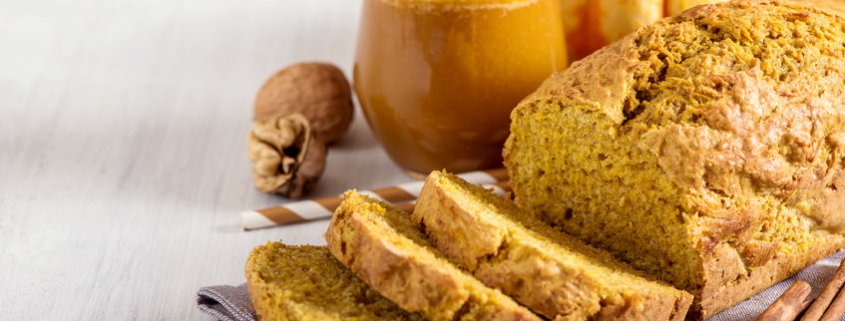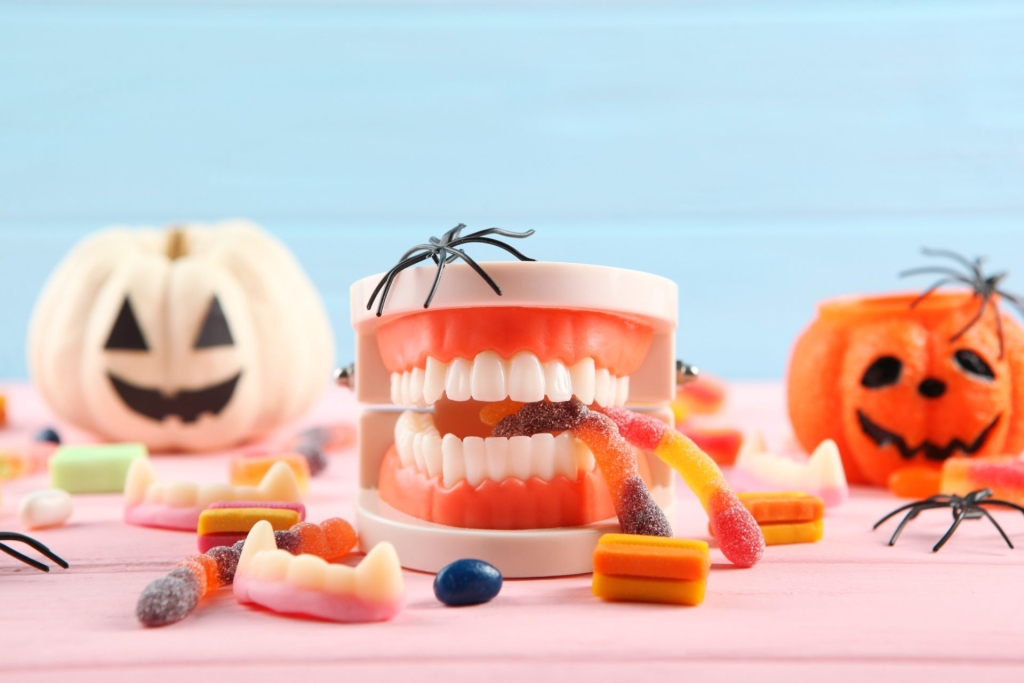Heart-Healthy Foods for September
As we transition into the crisp days of fall, it’s an excellent time to focus on heart health by incorporating nutritious, seasonal foods into our diets. September brings a bounty of fruits, vegetables, whole grains, and other heart-healthy options that can help support cardiovascular wellness. By making mindful choices, we can enjoy delicious meals while also taking proactive steps towards a healthier heart.
Incorporating the right foods into your diet can make a significant difference in your heart health. Here are some heart-healthy options to enjoy this September:
Fruits
- Apples: High in fiber and antioxidants.
- Pears: Rich in fiber, which can help lower cholesterol levels.
- Grapes: Contain resveratrol, which can help reduce inflammation.
- Plums: Good source of vitamins and antioxidants.
Vegetables
- Kale: Packed with vitamins, minerals, and antioxidants.
- Broccoli: High in fiber and vitamins C and K.
- Brussels Sprouts: Contain fiber and antioxidants.
- Carrots: Good source of beta-carotene and fiber.
Whole Grains
- Oats: Can help lower cholesterol levels.
- Quinoa: High in protein and fiber.
- Barley: Helps reduce cholesterol and improve heart health.
- Brown Rice: Rich in fiber and beneficial nutrients.
Nuts and Seeds
- Walnuts: Good source of omega-3 fatty acids.
- Almonds: Rich in healthy fats and fiber.
- Flaxseeds: High in omega-3s and fiber.
- Chia Seeds: Contain omega-3s, fiber, and protein.
Fish
- Salmon: High in omega-3 fatty acids.
- Mackerel: Another great source of omega-3s.
- Sardines: Rich in heart-healthy fats.
- Trout: Packed with omega-3 fatty acids.
Legumes
- Lentils: High in fiber and protein.
- Chickpeas: Great for heart health due to their fiber content.
- Black Beans: Contain antioxidants and fiber.
- Kidney Beans: Rich in nutrients that support heart health.
Healthy Fats
- Olive Oil: Contains monounsaturated fats that are good for the heart.
- Avocado: Packed with heart-healthy monounsaturated fats.
- Canola Oil: Another good source of monounsaturated fats.
Herbs and Spices
- Garlic: Can help lower blood pressure and cholesterol.
- Turmeric: Contains anti-inflammatory properties.
- Ginger: Helps reduce inflammation and improve blood circulation.
Next Steps
Taking care of your heart involves more than just a balanced diet; regular check-ups and personalized medical advice are also crucial. At NOAH, our healthcare providers are dedicated to helping you achieve optimal heart health. If you have any concerns or need guidance on maintaining a heart-healthy lifestyle, request an appointment with a NOAH provider today. Together, we can create a wellness plan tailored to your needs.





